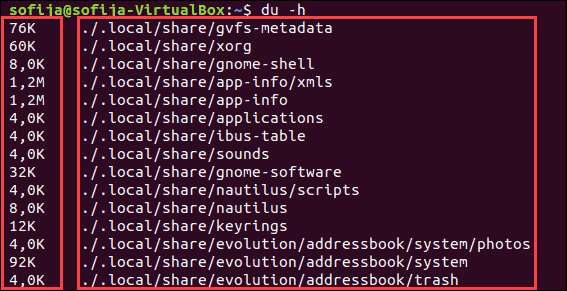What Is a LOG File?

A log file is a plain text file that records events or actions that occurred during a specific process or application. It is an important tool for system administrators, developers, and other IT professionals to monitor and troubleshoot software applications.
Log files can contain various types of information, including error or warning messages, debug information, user actions, and system events. At a basic level, a log file records the time and date of an event, the severity of an event, and a brief description of what happened.
One of the most common uses of a log file is to identify and resolve issues in software applications. By analyzing the contents of a log file, developers can identify the root cause of a problem and implement a solution.
In addition to troubleshooting, log files can also be used for auditing purposes. For example, log files can be used to track user activity and ensure compliance with regulatory requirements.
Log files can be produced by a variety of software applications, including web servers, operating systems, and databases. They can be stored locally on a server or sent to a remote location for analysis.
It is important to configure log files properly to ensure that they contain the necessary information and are secured appropriately. Incorrect configuration can result in the loss of critical data or make it easier for attackers to gain unauthorized access to a system.
In summary, a log file is a vital tool for monitoring and troubleshooting applications. It provides valuable insights into system events and user activity and is an essential component of any IT professional’s toolkit. With proper configuration and management, log files can help ensure system uptime, security, and compliance with regulatory requirements.





